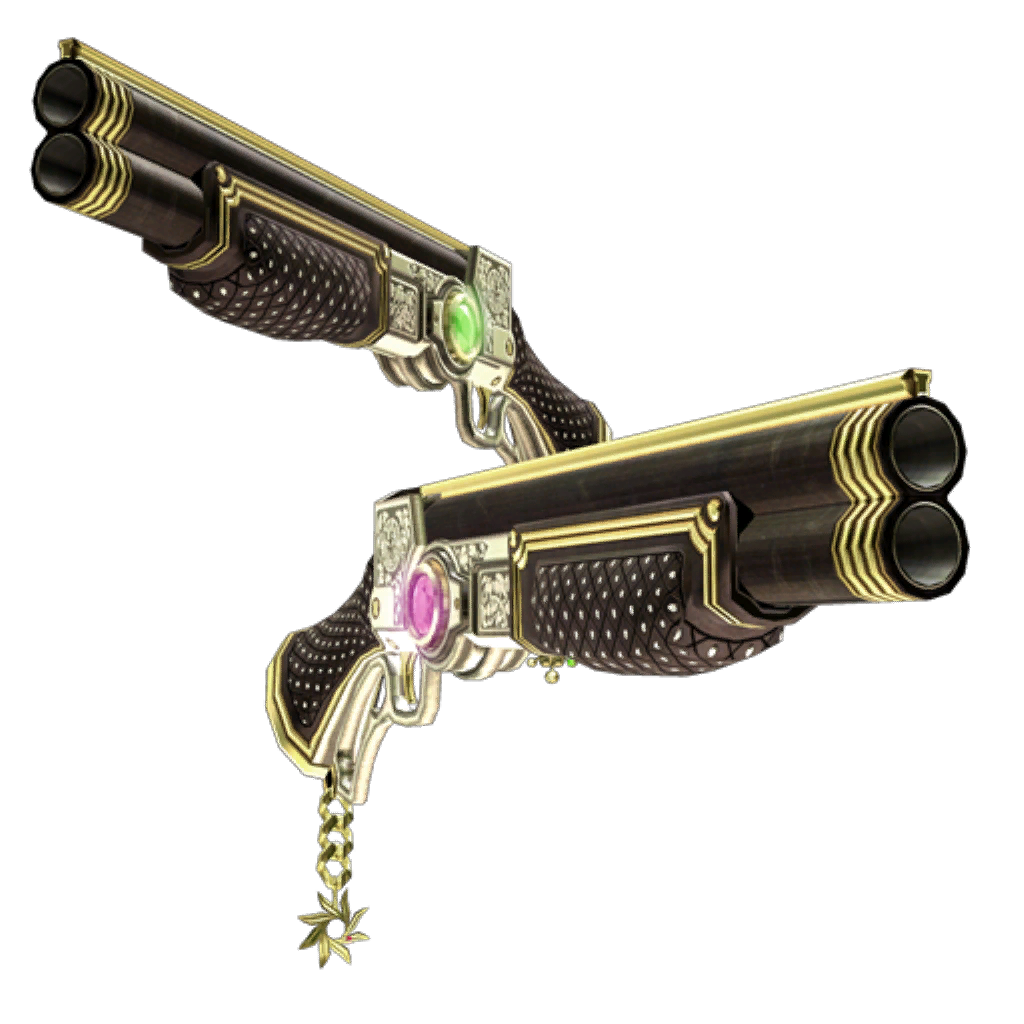

Let your imagination be your guide.Products contain zero to less than 0.3% Tetrahydrocannabinol (THC). Use them as foundation plants, landscape specimens or even in container plantings. Mix and match them in shrub borders along property lines or at the boundaries of outdoor "rooms." Create formal or informal hedges. Smaller ones may be mixed with perennials or used in groupings as groundcovers. It is important to know the proper treatment for your shrub before making that first cut.įlowering shrubs may be used in as many ways as you can imagine. Shearing to shape or reducing the size of the shrub must be done at the proper time of year to guarantee uninterrupted blooming. Individual branches may be pruned any time the need arises. With such a variety of shrubs to choose from, it helps to understand some basic pruning rules.Īppropriately sizing the shrub to the location (not planting something that will outgrow the allotted space) minimizes the need for pruning. Wait a month or so before applying fertilizer. Apply a layer of mulch three inches deep near the outer part of the hole, tapering to barely cover the surface of the rootball. Firm the soil as you backfill and finish off by creating a low berm or moat around the perimeter of the hole. Mix equal parts "native" soil with a good planting soil or compost to backfill the hole. Remove the shrub from the container, gently tease out the roots and place it in the center of the hole (the top of the root ball should be slightly higher than the surrounding grade). Dig the hole two to three times the width of the container your shrub is potted in, and about a half inch shallower than the container. Finally, consider evergreen foliage versus deciduous leaves: evergreens are most useful for foundation plantings and privacy screens, while deciduous shrubs add to fall color as the leaves change before dropping in autumn.Įvergreen flowering shrubs for sun: Encore azaleas, fragrant tea olive, gardeniasĮvergreen flowering shrubs for shade: azaleas, camellias, rhododendronsĭeciduous flowering shrubs: butterfly bushes, forsythia, hydrangeas, lilacs, roses.įor best results, flowering shrubs benefit from moist, well drained soil and a well maintained layer of mulch.

Installing a shrub that will mature to your required dimensions will provide a great effect and make long term care a breeze. Consider also the size requirements for the planting. Seldom is there a single "right" plant for the job, so it's necessary to narrow your options based on the sunlight, soil and climate conditions in your landscape.
ONYX AND ROSE BLOOM SERIES
Plant them among low perennials, or use the Knockout series of roses in mass plantings or shrub borders.Ĭhoosing Flowering Shrubs For Your Landscape Roses fill the sunny summer garden with color and fragrance. Rhododendrons lend a coarse texture and big, bold flowers to the shade garden. The repeat flowering 'Bloomerang' is a wonderful compact-sized improvement on an old time classic.

Lilac flowers produce a heavenly sweet scent. Mopheads and paniculatas offer options for shade or sun. Hydrangeas provide big, beautiful blooms in summer. Choose from dwarf varieties to mix with groundcovers or plant en masse, or larger plants that are perfect for hedging or mixed borders. Gardenias offer beautiful, deep green, glossy foliage with heavily sweet early summer blooms. The shrub works well as a large foundation plant, hedge or in the mixed border. The tiny white blooms fill the whole yard with a pleasant sweet tea aroma that is absolutely amazing. The cheery yellow flowers brighten the drab landscape of late winter, and the shrubs are large enough to use as informal hedges or privacy screens.įragrant Tea Olive is an old time favorite. These large shrubs make wonderful specimen or foundation plants.įorsythia is the classic harbinger of spring. These deciduous shrubs flower all summer, attracting butterflies, hummingbirds and many more beneficial critters to your landscape.Ĭamellias offer up their large, beautifully refined flowers at a time of year when few other flowers are available.

Both types are available in a multitude of colors.īutterfly Bushes are some of the best anchor plants for pollinator gardens. Common azaleas bloom in spring, while Encore azaleas are repeat bloomers that display multiple bloom cycles from spring through fall. The multitude of varieties from which to choose offers ample opportunity to make your yard uniquely yours.Īzaleas and Encore Azaleas are broad leaved evergreen shrubs. These beautiful specimens are also rugged workhorses when used as privacy screens, informal hedges or even in wildlife habitat roles. They add structure, texture, color and fragrance, providing interest in limitless ways. Flowering shrubs are indispensable to well designed landscapes.


 0 kommentar(er)
0 kommentar(er)
